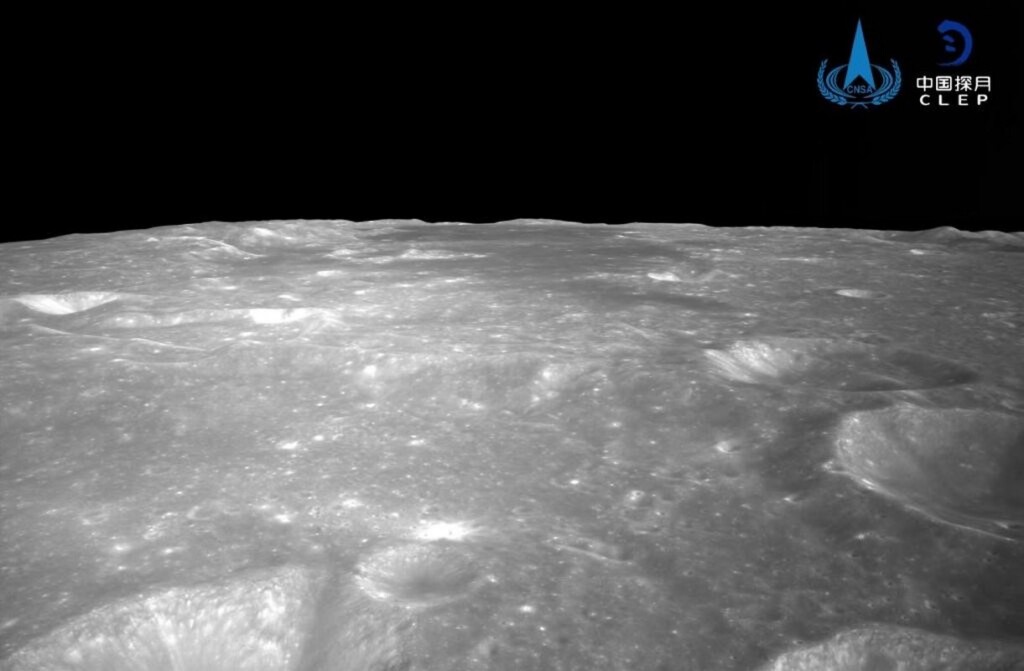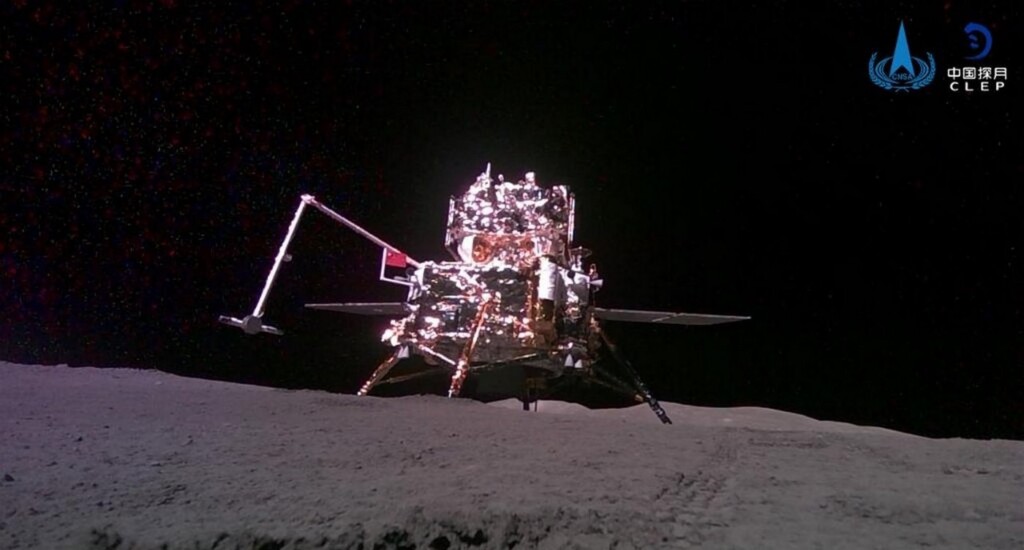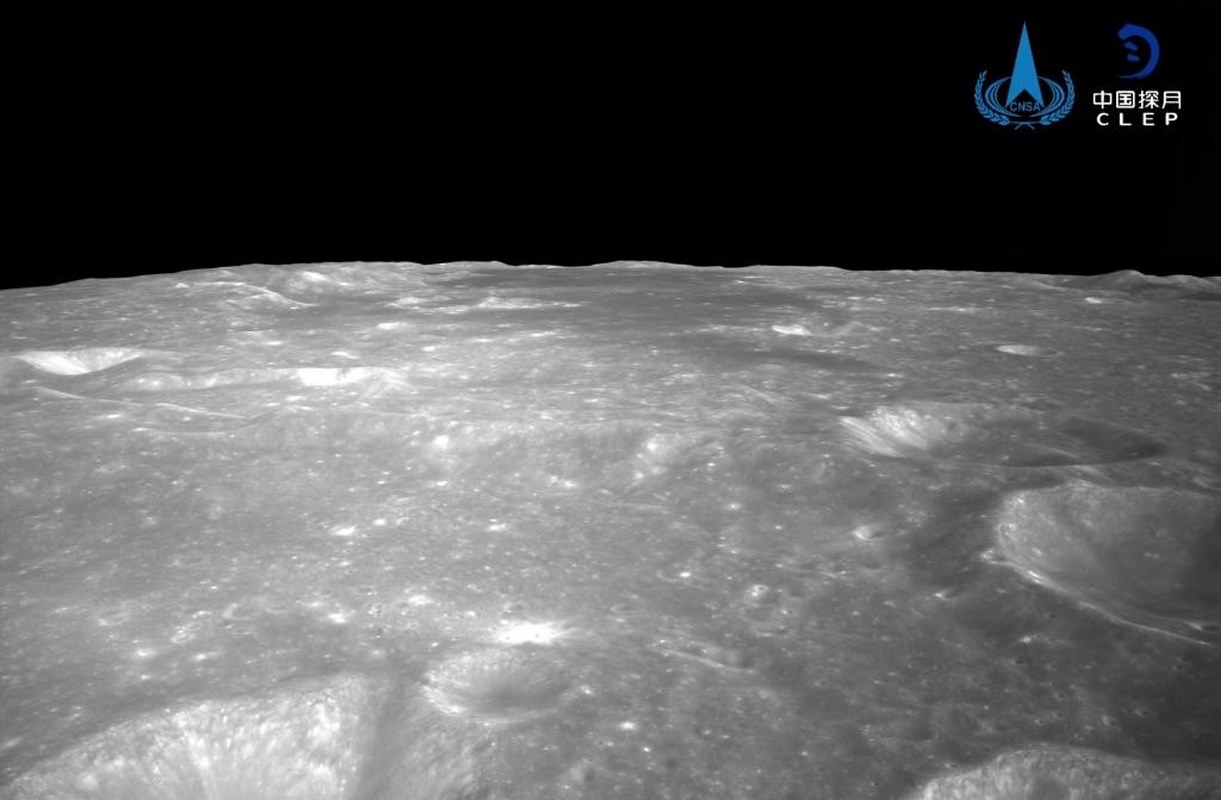
The indefatigable Chinese space program continues to enjoy success as its most recent lunar probe touched down on the far side of the Moon in advance of a sample recovery mission.
The Chang’e-6 probe touched down on the Moon’s South Pole-Aitken Basin where it will soon begin to drill into the Lunar soil—known officially as ‘regolith.’
It follows five successful lunar missions (Chang’e 1 through 5) that included establishing a weather station on the Moon’s far side in Chang’e-4—the first time any craft had made it there, and a sample return mission from the polar region with Chang’e-5, which brought back the first Lunar samples since the Apollo missions.
It’s believed that the Apollo Crater in which Chang’e-6 landed contains some of the oldest regolith on the Moon, dating back 4 billion years to the earliest formations of the Earth.
Chang’e-6 contains an orbiter, lander, ascent vehicle, and re-entry module. The land’s mechanical drill arm will gather and stow the samples before blasting them up into space in the ascent vehicle which will be picked up by the orbiter, and sent back to Earth in the re-entry module.
AMERICA’S RECENT GIANT LEAP: Intuitive Spacecraft Lands on Moon in Nail-Biting Descent of Odysseus–A First for US Company, 50 Years After Apollo
All this will be commanded and controlled through the Queqiao-2 satellite because normal communications are blocked on the Moon’s far side. If successful, China will become the first nation to land and sample on the far side.

This is the last sample-return mission in the Chang’e mission series, with missions 7 and 8 slated for in-situ experiments destined to inform and assist a permanent Chinese robotic base on the Moon.
JAPAN ON THE MOON: Japan Moon Lander Comes Back to Life After Wonky Angle for its Solar Panel, but ‘Unprecedented Pinpoint Landing’
INDIA ON THE MOON: India Becomes Fourth Nation to Touch Down on the Moon In Mission to Study its South Pole
The Chinese space program has come on leaps and bounds in the last 6 years. Missions Chang’e 4 and 5, the latter being a sample return mission, were complete successes. Following Chang’e-5’s landing, but before the return of the samples, the CNSA became the only space program to see its first orbiter, first lander, and first rover sent to Mars all succeed on the first time of asking.
SHARE This Unprecedented Triumph Of Space Exploration With Your Friends…




















